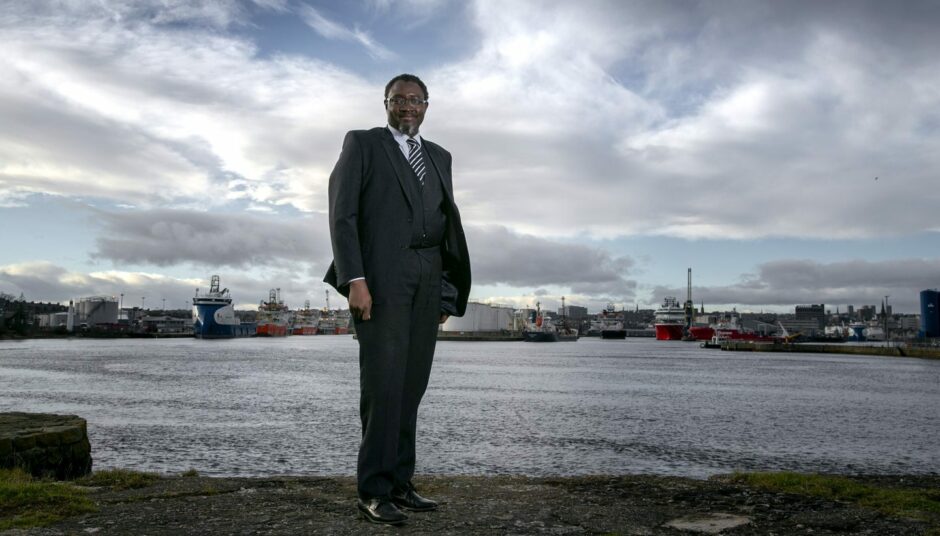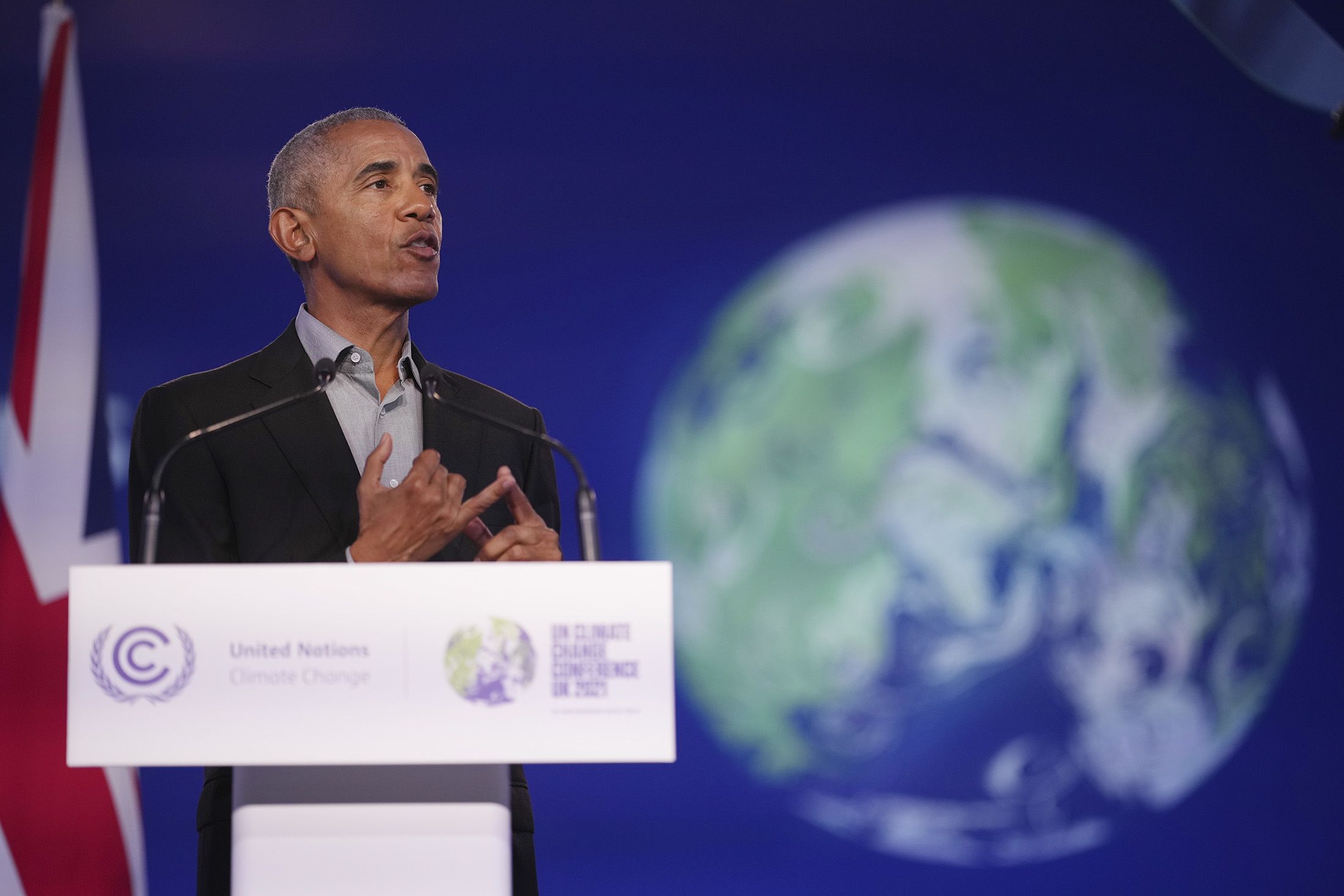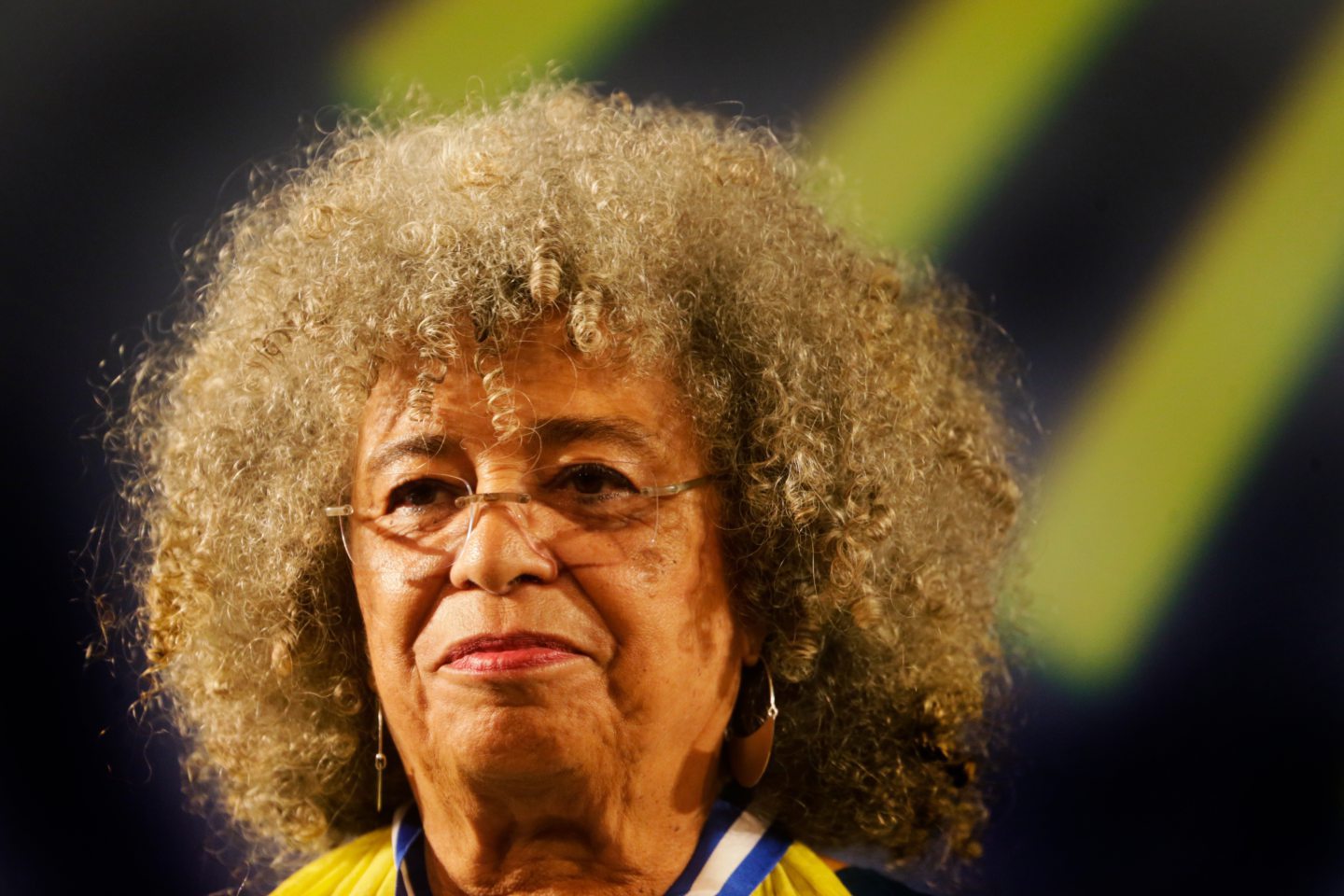
I remember once being in a queue at a newsagent in Croydon, London when a gentleman approached me with the excitement of someone who had just discovered they were the heir to a huge fortune and said, “This is the end of racism!”.
It was November 5, 2008 and like many around the world, viewers in the UK – myself included – had been glued to their screens to see Barack Obama declared as the first black President of the United States of America.
The promise of that historic event was reflected in the hope on this man’s face. “Well, the beginning of the end”, I replied. Looking back on that day more than 14 years ago and thinking of the deeper concerns around the race conversation in the USA and around the world, I was right to temper my optimism with caution.
Since then, there has been a greater outcry and most objective observers admit that event has done little to shift the dial on the racial equity. The moments that are at first seen as watersheds become fleeting at best, leading us all to doubt that true change is possible.
These sentiments are not new; they are reflected in the words of writer Jean-Baptise Alphonse Karr (“la plus ca change, plus c’est la meme chose”) which written in English mean, “the more things change, the more they stay the same”.
The same can be said of the increased conversation after the tragic murder of George Floyd and the broadening of the diversity conversation that followed. There is no doubt that some companies made advances. At AFBE-UK, we have seen our membership grow to almost 70 corporate partners and while this is encouraging, there is still a long road to travel.
Real progress involves cultivating an environment that is psychologically safe and enabling enough for people to give their best at work. It’s about ensuring that our organisations reflect, at all levels the communities in which we operate.
I have seen first-hand the dance of persuasion that many equality, diversity and inclusion (ED&I) champions must do with the stakeholders to get the go-ahead for initiatives.
The truth is that in most companies, the responsibility for cultural change rest on the shoulders of particularly passionate individuals or on the HR department by default. These committed individuals either move on, get promoted or burn out and give up, all the changes they sought to make get undone and we are left wondering why “…things stay the same”.
In the meantime, we encounter business challenges that would be mitigated in an inclusive environment where every voice counts and fail to connect the dots. Having seen this happen repeatedly in organisations, it’s hard not to be sceptical about change being truly possible. It’s no wonder the civil rights campaigner Angela Davis described ED&I as the “difference that doesn’t make a difference”
For lasting change to occur, companies must move away from the “volunteer-based or CSR” model and instead draw lessons from the world of safety. This means businesses ensuring that inclusivity is interwoven into all of its facets and is included in its performance indicators i.e., is viewed as a key part of what makes a business work.
So, what does change look like? I believe there are 5Cs that will help your company shift the dial in the New Year.
The first is Candour, by which I mean an open and honest conversation. about how the business is doing and how all employees truly feel about your efforts. This should not only include people from minority groups but employees from the majority who may fear the zero-sum game in which the proposed changes stand to disadvantage them.
The second is Cohesion; far too often companies engage in divergent efforts to achieve the same goal. Efforts on inclusion are also rarely tied to business performance. This makes it impossible to monitor the impact of our efforts. For example – does your plan for long-term diversity include STEM outreach to young pupils in your area or does it begin with graduate intake? Is your company seeking to understand how cognitive diversity is helping the business reach better outcomes? Does your work on diversity extend to your supply chain? Do middle managers see diversity as a tool for better outcomes, or just a nice-to-have? Without these considerations we will have plenty of activity but little productivity.
The third is Consistency which involves sustained effort in doing actions repeatedly. One-off lunch and learn sessions will not make your company more inclusive. It’s not what we do momentarily but what we do habitually that leads to change. In the energy sector we have safety woven into all our processes and decision gates. Can we do the same with inclusion in all its forms? Can your company alternate safety moments with inclusion moments to really embed inclusion into our culture.
The fourth is Continuity. Few things are more damaging to ED&I efforts than this. It’s about succession planning and understanding how ED&I programmes enhance the business. On offshore installations we have safety cases (i.e., a structured argument, supported by evidence, intended to justify that a system is acceptably safe for a specific application in a specific operating environment). We need a similar approach for diversity and inclusion. At AFBE-UK it is quite common to see a stalling of progress when a new diversity lead is appointed. This will not happen if we have continuity priced into the theory of change.
The fifth change is a Coalition because benefit for the minority groups often means growth for all. Back in 2008, it was the dramatic racial bias of Subprime Lending during the housing boom that eventually led to the global financial crises that affected us all. Diversity is not a zero-sum game. And so far from a charitable act for the sake of the underrepresented, a coalition of allies against injustice benefits us all.
This year AFBE-UK was pleased to launch the first ever ethnicity indexing tool, the Engineering Ethnicity Index to help companies benchmark their progress on racial equity. We hope in 2023 that many more join us in our quest to make our sector more equitable.
Aberdeen-based Dr Ollie Folayan is a Fellow of the Institution of Chemical Engineers and co-founder of the award-winning non-profit Association for Black and Minority Ethnic Engineers (AFBE-UK), and chair of its Scottish arm. He is a Visiting Professor at the University of Dundee’s School of Science & Engineering and a member of Royal Academy of Engineering D&I Steering Committee. AFBE-UK partners include the Mercedes F1 team and the University of Aberdeen.
Recommended for you

 © Photographer: Christopher Furlon
© Photographer: Christopher Furlon © Shutterstock / Antonio Scorza
© Shutterstock / Antonio Scorza